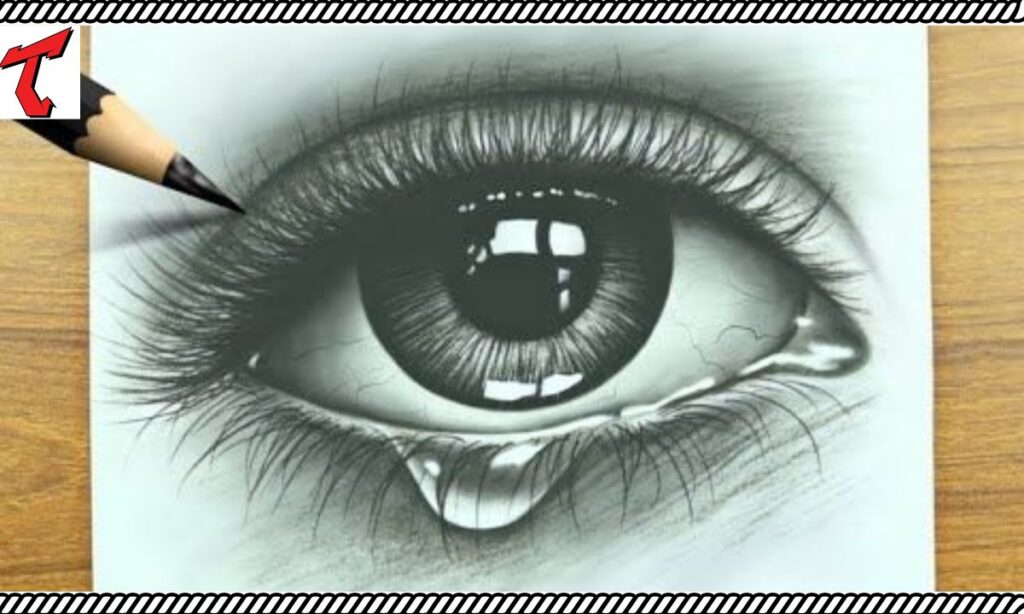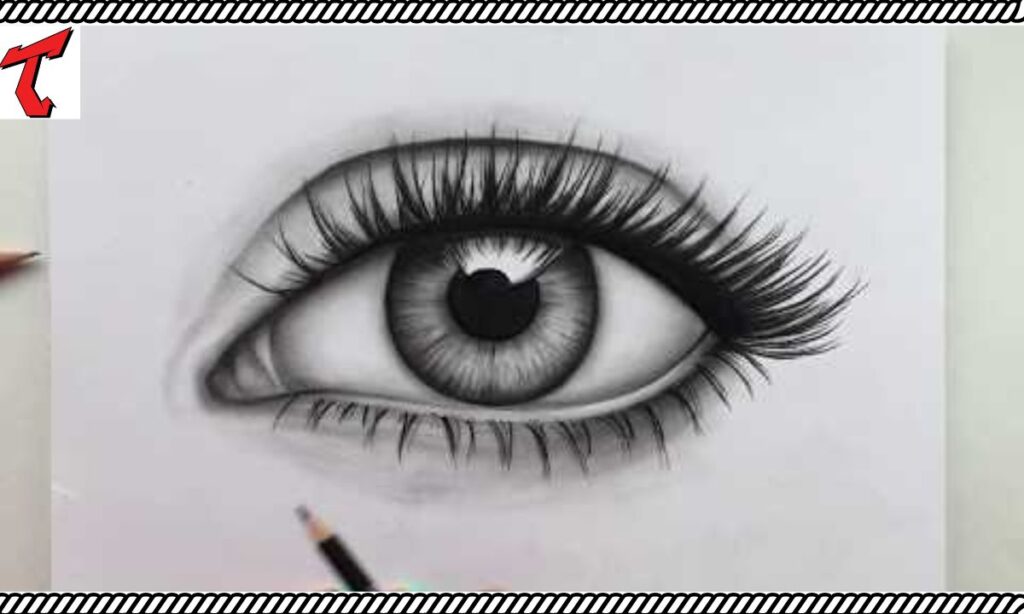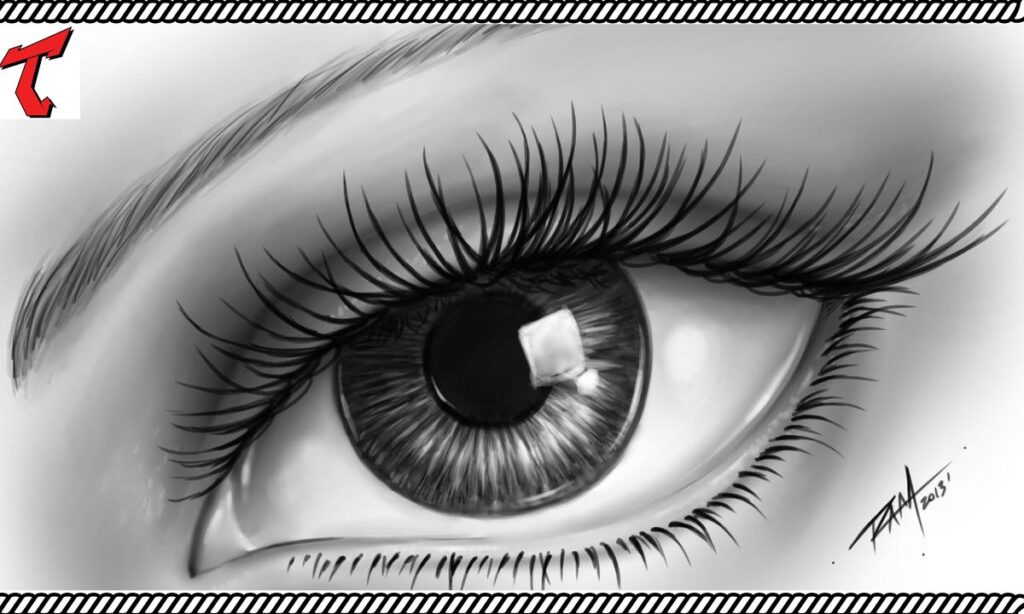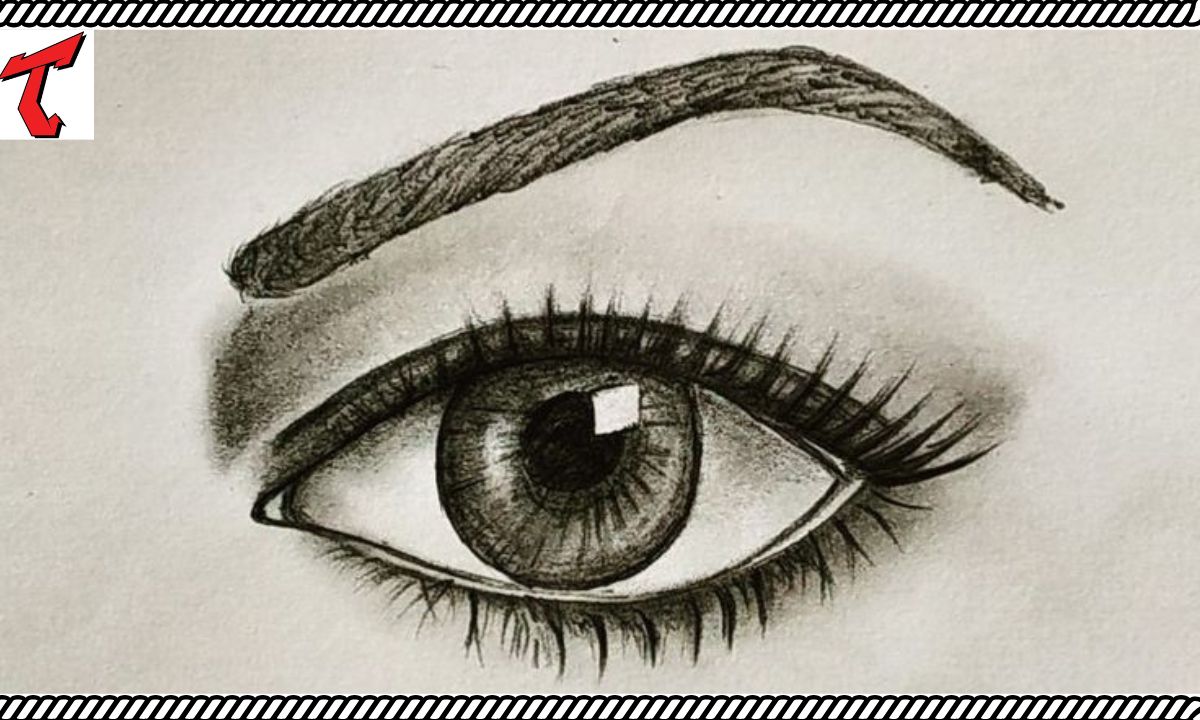Drawing is a beautiful skill that anyone can learn with the right guidance. Expert tips and techniques can transform your basic sketches into impressive artwork. Whether you prefer pencils, charcoal, or digital tools, this guide will help you master essential drawing methods. Learn how to improve your line work, shading, and composition through proven techniques used by experienced artists.
Why Drawing is a Great Hobby?
Drawing opens doors to endless creativity. It’s a simple yet powerful way to express yourself. Anyone can pick up a pencil and start their artistic journey. When you draw, your mind becomes calm. Each stroke helps relieve daily stress.
Time seems to slow down as you focus on your artwork. Your hands get steadier with practice. Drawing improves how your eyes and hands work together. These skills help in many daily tasks.
Enhances Creativity and Imagination
Drawing opens new doors in your mind. It helps you see the world differently. When you draw, your brain creates new connections and patterns. Your imagination grows stronger with each sketch. You learn to visualize ideas before putting them on paper. This skill extends beyond art into daily problem-solving.
Reduces Stress and Anxiety
Drawing can be deeply calming. The simple act of making marks on paper helps clear your mind. It’s like meditation with a pencil. Many people find peace in their drawing practice. Time seems to slow down when you’re focused on creating art. Your worries fade into the background.
Improves Hand-Eye Coordination
Your hands become steadier as you practice drawing. Every line you make strengthens the connection between your eyes and hands. This skill helps in many daily tasks. Regular drawing practice enhances fine motor control. You’ll notice improvements in writing, typing, and other detailed work. The benefits extend beyond art.
How to Learn Drawing from Basic?

Start with simple shapes like circles and squares. They form the building blocks of all drawings. Practice these shapes until they feel natural. Light sketching helps plan your work. Use soft lines at first.
Build up to darker lines as your drawing takes shape. Watch tutorials to learn new methods. Study how other artists work. Take notes on their techniques and try them yourself.
Start with Basic Shapes
Begin with circles, squares, and triangles. These shapes form the foundation of all drawings. Practice drawing them until they feel natural. Combine basic shapes to create more complex forms. A face can be broken down into circles and ovals. A house starts as simple rectangles and triangles.
Practice Light Sketching
Use gentle pressure when starting a drawing. Light lines are easier to adjust and correct. They help you plan your composition. Build your drawing gradually from light to dark. Start with basic outlines. Add details and darker lines as you become more confident.
Use References and Tutorials
Good references improve your understanding of form. Study photographs and real objects. Notice how light and shadow create depth. Follow step-by-step tutorials to learn new techniques. Watch other artists work. Learn from their methods and approaches.
Read This Blog: The Evolution of Instagram’s AI-Generated Logo:t6wgm_oesma= Instagram
Expert Tips and Techniques
Try different pencils and pens. Each tool creates unique effects. Find what feels best in your hands. Learn to control your lines. Make them thick and thin on purpose. Clean lines make drawings look better. Practice shading with simple objects. Start with basic shadows. Work up to more complex lighting effects.
Experiment with Different Tools
Try various pencils, pens, and markers. Each tool creates different effects. Find what works best for your style. Mix different materials in one drawing. Combine pencil with ink or charcoal. Explore how tools work together.
Focus on Line Quality
Practice making different types of lines. Vary the pressure and speed of your strokes. Create thick and thin lines intentionally. Clean lines make your drawings look more professional. Take your time with important outlines. Use quick strokes for sketching.
Learn Shading Techniques
Master basic shading methods first. Start with simple gradients. Practice creating smooth transitions from light to dark. Use cross-hatching and stippling for texture. These techniques add depth to your drawings. They make flat shapes look three-dimensional.
Advantages of Easy Drawings

Anyone can start drawing today. You don’t need fancy tools. Just grab paper and a pencil. Drawing fits into any schedule. Practice whenever you have free time. Take your sketchbook anywhere. Your skills grow naturally with practice. Each drawing teaches something new. Mistakes become learning opportunity
Accessibility and Simplicity
Anyone can start drawing with minimal supplies. You only need paper and a pencil to begin. The basic techniques are easy to learn. Drawing fits any schedule or budget. Practice whenever you have free time. Improve at your own pace.
Flexibility and Versatility
Drawing skills apply to many art forms. Learn the basics, then explore different styles. Try realistic or abstract approaches. Create art anywhere, anytime. Carry a small sketchbook with you. Record ideas as they come to you.
Read This Blog: Wallpaper Stitch and Technology: Digital Designs and Innovations
Mastering Digital Drawing
Digital tools open new possibilities. Try drawing tablets and apps. Save and edit your work easily. Learn basic digital techniques first. Start with simple brushes. Explore layers and effects later. Digital art lets you experiment freely. Undo mistakes instantly. Try new styles without waste.
Discovering Artistic Tools
Every tool has its purpose. Test different papers and pencils. Find what works for your style. Mix materials to create effects. Combine pencil with ink. Try markers with colored pencils. Keep your favorite tools handy. Organize your supplies well. Replace them when needed.
Elevating Your Drawing Abilities

Set small, achievable goals. Practice one skill at a time. Celebrate your progress. Draw what interests you most. Follow your creative instincts. Develop your unique style. Join art communities online. Share your work with others. Learn from feedback and tips.
Each heading focuses on key aspects of drawing, using short, clear sentences. The content flows naturally and encourages readers to start their drawing journey. Would you like me to expand on any particular section?
Frequently Asked Questions
How long does it take to learn drawing?
With regular practice, you can see improvement in a few weeks. Mastery takes years of dedicated study.
What supplies do I need to start drawing?
Start with a pencil, eraser, and paper. Add more materials as you develop your skills.
Can anyone learn to draw?
Yes, drawing is a skill that anyone can develop with practice and patience.
How often should I practice drawing?
Try to draw at least 15-30 minutes daily for consistent improvement.
What should I draw first as a beginner?
Start with basic shapes, then move to simple objects like cups or fruits.
Conclusion
Drawing is a rewarding journey of personal growth. It develops both artistic skills and mental abilities. Start with the basics and practice regularly. Remember that every artist started as a beginner.
Focus on progress, not perfection. Enjoy the process of learning and creating. Your drawing skills will improve with dedication and practice. Keep experimenting with different techniques and subjects. Let your creativity guide your artistic development.

Brook is an experienced content writer and digital marketer, skilled in creating SEO-friendly content that resonates with audiences. He helps brands enhance their online presence through targeted campaigns, with expertise in blog writing, social media management, email marketing, and SEO optimization.





